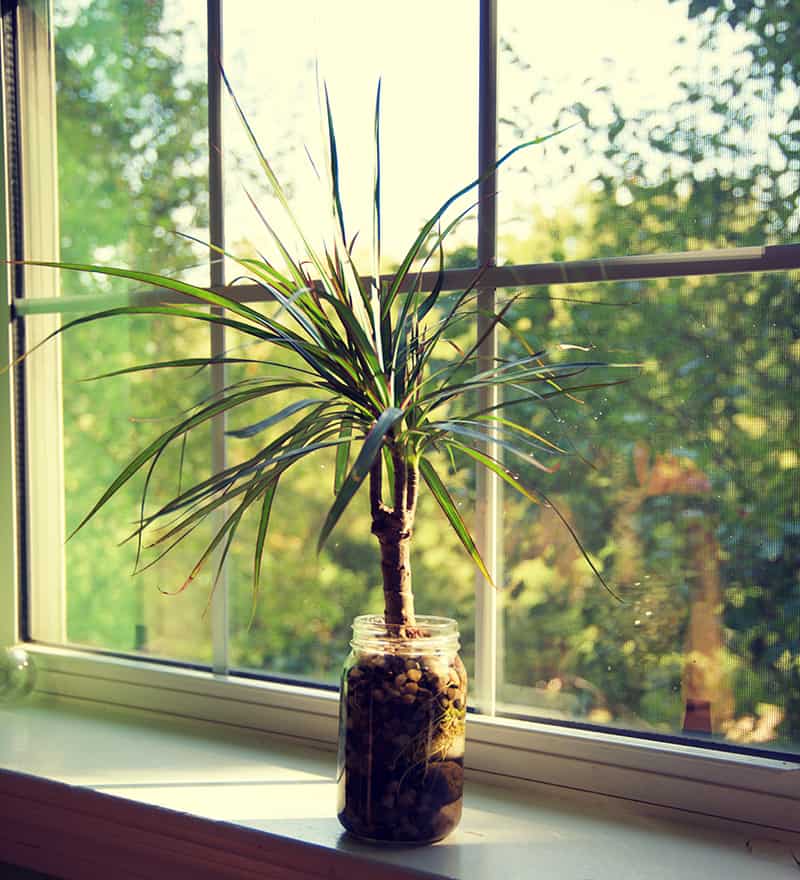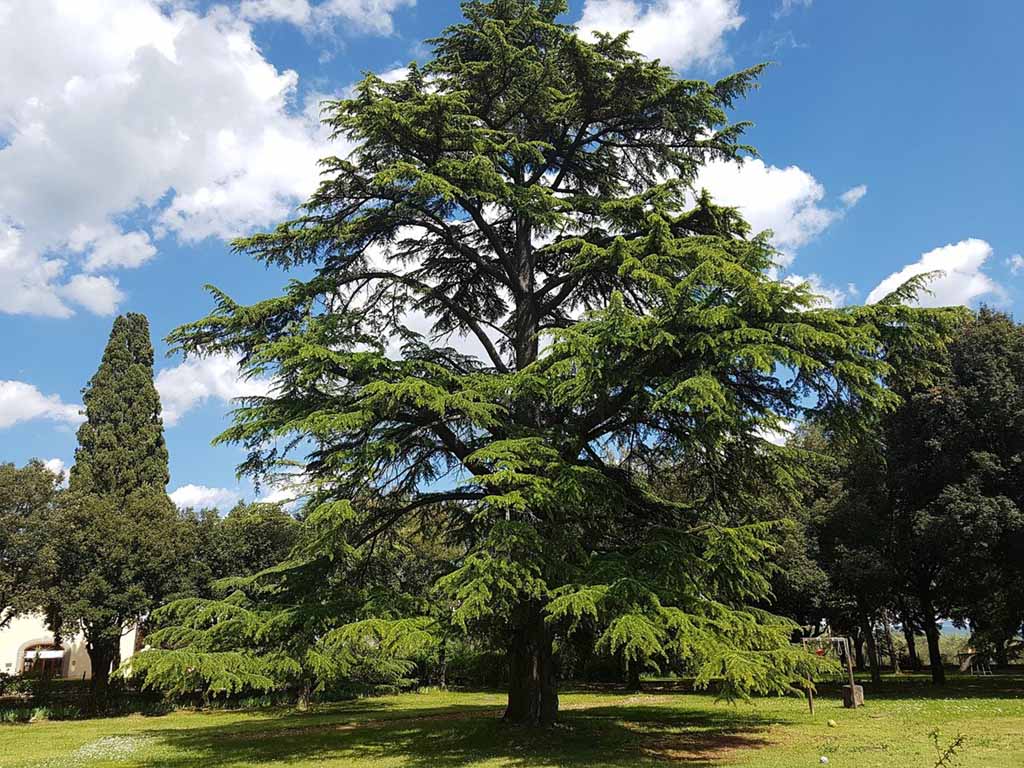- Home >
- Willow Trees
Willow Trees for Sale
Do You Know Your Growing Zone? i Growing zones help determine if a particular plant is likely to grow well in a location. It identifies the average annual minimum winter temperatures across the U.S. provided as a map by the USDA.
7 Results
How to Grow Willow Trees
How to plant willow trees
Choose a site for your willow carefully — at least 50 feet away from septic systems, water lines, or any other source of moisture that might attract their roots. They can damage and clog underground pipes and power lines. Since they can grow up to 50 feet tall and wide, keep them away from buildings and overhead wiring as well.
Dig a hole twice as wide and just as deep at your sapling’s root ball. Unpot or unwrap the plant and tease out any girdling roots to avoid them choking the tree. Place the tree in the hole so that the top of the root ball is even with the soil line. Fill in the hole with topsoil enriched with compost and tamp it down firmly.
Water your tree deeply, and place a thick layer of mulch around it. Build some of the mulch into a low berm that circles the trunk, capturing water and directing it to the roots.
How to achieve maximum results
Willows, especially the common weeping willow, are durable trees and will grow rapidly if placed in the proper location. In fact, your new willow should grow almost two feet annually for the first few years. Although you want to keep your willow away from water sources that serve your home, your willow will thank you if you plant it near a stream or pond, as the roots will always seek out water.
How to Care for Willow Trees
Watering and nutrients
For the first year after planting, water your willow once per week unless you get at least an inch of rain. After the first year, you can taper off watering. If you are experiencing drought conditions or you see the leaves falling from the tree anytime other than fall, your willow may need additional watering.
Willows don’t need a lot of supplemental nutrients, especially if you’ve planted yours in reasonably fertile soil. In the spring, however, you can spread a light feeding of slow-release, balanced fertilizer around the tree’s root zone.
Pollination
Willow trees frequently reproduce by vegetative reproduction, which is when clones of the parent tree spring up from fallen branches or on exposed roots. They also reproduce through spring flowers which yield seeds that have long, silky hairs. These seeds are carried by the wind or water and sprout easily. They begin to flower at about ten years of age, and the seeds spread during early to mid summer.
Pruning
When your tree is young, prune it regularly throughout the growing season to promote growth and shape your tree. Prune it to a central leader, and try to cut out any branches that have a deep V angle to the main trunk, as these break off easily in windstorms. Keep branches that have a wide-angled crotch, as they are sturdier. Once your tree is mature, after eight or nine years, you don’t need to do regular pruning except to remove damaged or diseased branches, but you can trim hanging branches as needed to access the area underneath with your lawnmower or to provide a better view.
Pests and diseases
Willows are sometimes attacked by Japanese beetles or other leaf-feeding beetles. Willow sawfly is also common, as are stem borers. For saplings, these pests can be treated by hand-picking them off the branches. Larger, healthy trees should be able to fight off infestations. If you are not growing organically, you can also use a chemical insecticide.
Diseases that plague willows include grown gall, which forms swellings on roots or branches, and black canker, which is identified by black areas on leaves and twigs. Willows are also susceptible to blight, which turns leaves brown. Plant resistant varieties, and remove diseased branches as soon as you see them. You can also treat blight with a fungicide.










